
“This is Water” — Living a Compassionate Life by David Foster Wallace (full transcript and audio) - Courtesy of Fs Blog
This was David Foster Wallace‘s 2005 commencement speech to the graduating class at Kenyon College. It’s rich in wisdom, insight and heart. It has never been more apropos than now…. The speech was transposed and into book form entitled, “This Is Water: Some Thoughts, Delivered on a Significant Occasion, about Living a Compassionate Life.”
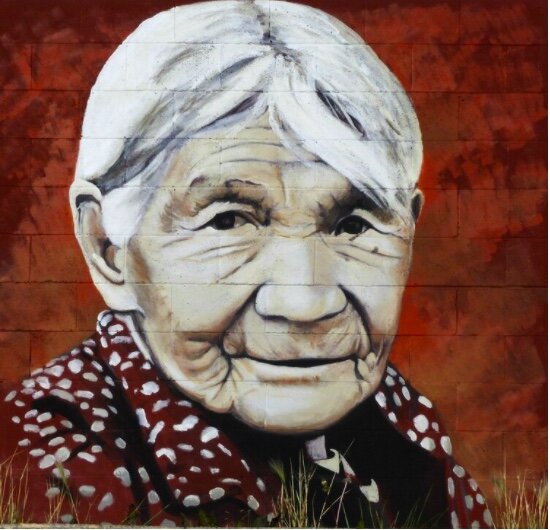
“Indigenous Religious Traditions” — Colorado College
The other day I visited my grandmother at her nursing home in Denver. The lobby of the building was filled with senior citizens, as one would expect in assisted living. Most of the people were in wheel chairs or using walkers and many were sleeping where they sat. As I walked through the building in search of my grandmother, I began to feel a little depressed. The overwhelming presence of people approaching their death gave the building a sad energy, and I felt sorry for each person I passed. But the longer I thought about it, the less I could understand why I felt such grief. I thought about our experience at Pine Ridge and how I viewed the elders there compared to the elders I encountered in this instance. I saw the elders at Pine Ridge as wise and full of knowledge, but I saw the people living with my grandmother as senile and fragile. My differing experiences at Pine Ridge and at the nursing home inspired me to take a deeper look at how elders are perceived in Native American culture versus mainstream American society.
SUPPORT COLORADO COLLEGE

“Spirituality and Art” by Larry Culliford
A priceless living bridge between mind and spirit
The foremost reason that artists create, and the rest of us value their art, is because art forms a priceless living bridge between the everyday psychology of our minds and the universal spirit of humanity.
It's important to make a clear distinction between art and merchandise, and to emphasize the wisdom of avoiding materialist contamination of true art. By "true art," I mean artistic creations that reflect spiritual principles and values like beauty, creativity, honesty, generosity, discernment, patience, and perseverance. To situate art in the marketplace can easily result in spiritually impoverished ephemera, the production of which is governed by worldly priorities like profit, success, power, status, and fame.
CLICK HERE TO SUBSCRIBE TO PSYCHOLOGY TODAY
SUPPORT DR LARRY CULLIFORD’S ‘HAPPINESS WEBSITE’

“Our Inherited Dysfunction (excerpt) THE NEW EARTH by Eckhart Tolle (Part 1)
If we look more deeply into humanity’s ancient religions and spiritual traditions, we will find that underneath the many surface differences there are two core insights that most of them agree on. The words they use to describe those insights differ, yet they all point to a twofold fundamental truth. The first part of this truth is the realization that the “normal” state of mind of most human beings contains a strong element of what we might call dysfunction or even madness. Certain teachings at the heart of Hinduism perhaps come closest to seeing this dysfunction as a form of collective mental illness. They call it maya, the veil of delusion. Ramana Maharshi, one of the greatest Indian sages, bluntly states: “The mind is maya.”

“The Offered Heart” by Jeannie Zandi
I invite you to close your eyes and imagine that the quiet and sweet darkness you sit in is the cave of your own sacred heart. Let your attention drop into the feel and texture of your heart area, letting it rest about two inches deep inside. Notice the feel, keep your attention there, as though there is a small object about the size of a quarter that are you are focusing on. And imagine the dark cave all around you, a cave whose air is alive with breath and life and energy. Turn away from the external world and the world of the mind and take sweet shelter in your own heart, with the reverence that you would treat any temple, mosque, church, hogan, or zendo. There you sit in the center of your innermost being sanctuary. Precious chalice of the Holy. Simplicity. Quiet. Ground. Breath.

“Expanding Our Sphere” by Galen Pearl
A minister was giving what I call an “audition sermon” at a church, in hopes of being called as their pastor. After the sermon, members of the congregation were invited to ask questions. Like many churches, this one was becoming smaller and grayer as the members aged. One person asked the minister what he would do to “grow” the church. He responded, “That depends on what you are willing to risk. Everyone like you is already here.”
BE A SUPPORTER OF MS. PEARLS INSPIRING BLOG

“World-Healing Wisdom: Karen Armstrong’s Vision for a Compassionate Future” by Nadia Colburn
The author of more than 20 books, Armstrong has been called “arguably the most lucid, wide-ranging and consistently interesting religion writer today.” Her perspective has been shaped by her life. At the age of 17, she entered a Catholic convent. Six years later, on the verge of a nervous breakdown, she left, wanting nothing more to do with religion. She spent the next 13 years absorbed in secular life, first as an academic and then as a secondary school literature teacher in England. Her first book, Through the Narrow Gate: A Memoir of Spiritual Discovery, was first published in 1981 and chronicles her difficult time in the nunnery and her departure from it. The book launched her as a popular critic of established religion.
Like what you’re reading? YES! is nonprofit and relies on reader support. Click here to chip in $5 or more to help us keep the inspiration coming.

"AWARENESS" (excerpt) Anthony de Mello Spirituality Conference in His Own Words — ANTHONY DE MELLO, S.J.
Is psychology more practical than spirituality? Nothing is more practical than spirituality. What can the poor psychologist do? He can only relieve the pressure. I’m a psychologist myself, and I practice psychotherapy, and I have this great conflict within me when I have to choose sometimes between psychology and spirituality. I wonder if that makes sense to anybody here. It didn’t make sense to me for many years.
SUPPORT ALL OF FR. DE MELLO’S WORK

"The Fact of Our Oneness" (excerpt) The Exquisite Risk by Mark Nepo
That which can't he stolen hut only given, that which survives by opening us all . . .
All the traditions speak of what Thomas Merton called a Hidden Wholeness, an unseen tissue that joins everything. It is in fact our deepest and oldest home. In truth, it is not really hidden, just so immense that it's hard for us to hold in view for very long. In actuality, the fact of our Oneness is constant and everywhere, a secret hidden in the open.
BE A SUPPORTER OF MR. NEPO’S FINE WORK

"NATIONAL AND RACIAL PAIN-BODIES" (excerpt) The New Earth by Eckhart Tolle
Certain countries in which many acts of collective violence were suffered or perpetrated have a heavier collective pain-body than others. This is why older nations tend to have stronger pain-bodies. It is also why younger countries, such as Canada or Australia, and those that have remained more sheltered from the surrounding madness, such as Switzerland, tend to have lighter collective pain-bodies. Of course, in those countries, people still have their personal pain-body to deal with. If you are sensitive enough, you can feel a heaviness in the energy field of certain countries as soon as you step off the plane. In other countries, one can sense an energy field of latent violence just underneath the surface of everyday life. In some nations, for example, in the Middle East, the collective pain-body is so acute that a significant part of the population finds itself forced to act it out in an endless and insane cycle of perpetration and retribution through which the pain-body renews itself continuously.

"Becoming Free of Our Substitute Life" by Ezra Bayda
A Zen student walked in to see the master. Sitting down, he blurted out, "There's something terribly wrong with me!" The master looked at him and asked, "What's so wrong?" The student, after a moment's hesitation, responded, "I think I'm a dog." To that the master responded, "And how long have you thought that?" The student replied, "Ever since I was a puppy."
What does this story have to do with spiritual practice? Everything. It puts the basic human problem in a nutshell. Next time you find yourself immersed in the drama of a strong emotional reaction, awash with deeply believed thoughts, ask yourself how long you've taken these thoughts to be the truth. Especially notice the ones you believe the most: "Life is too hard," "No one will ever be there for me," "I'm worthless," "I'm hopeless." How long have you believed these thoughts? Ever since you were a puppy!
PURCHASE: How to Live a Genuine Life by Ezra Bayda

"Names of God" by Matthew Fox
Fourteenth-century mystic and activist Meister Eckhart says “all the names we give to God come from an understanding of ourselves.” If he is correct, then as humanity’s self-understanding and understanding of the cosmos evolve, then clearly our God-names will evolve in response.
Rabbi Arthur Waskow reminds us that the Book of Exodus is also known as the Book of Names because God goes through two name changes within its pages. Why is this? In his article “When the World Turns Upside-Down, Do We Need to Rename God,” Waskow suggests it is because “the old Name cannot inspire a new sense of reality … God is different when the world is different.”
PLEASE DONATE TO MAKE POSSIBLE THE CONTINUATION OF TIKKUN AND ITS WEBSITE.

"False Hope and Beauty in an Anthropomorphic God" by Sam Alexander
We speak of a conscious god, one with feelings like sorrow, anger, and joy. We speak of a just god, one who demands moral behavior and forgives moral breaches, one who speaks and gets His way. But is that true? Is there really a god like that or do we simply want that to be true?
Is there for instance, a god who has established justice, one who balances the cosmic scales of justice? Let me quote scripture to answer that one. Qoheleth says, “In my own vaporous life I have seen everything; there are righteous people who perish in their righteousness, and there are wicked people who prolong their life in their evil doing” [Ecclesiastes 7:15].
BE A SUPPORTER OF SAM ALEXANDER’S MINISTRY
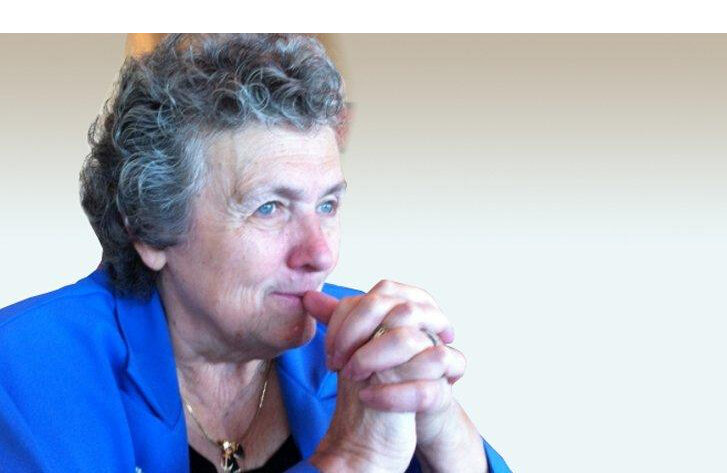
“The God of Many Tongues” by Sister Joan Chittister
Each great spiritual tradition, in its own way, suggests a model of what it means to be a holy person. Each of them shines a light on the human ideal. Each of them talks about what it takes to grow, to endure, to develop, to live a spiritual life in a world calculatingly material and sometimes maddeningly unclear.
Every major spiritual tradition—Hinduism, Judaism, Buddhism, Christianity, and Islam—brings a special gift to the art of living the spiritual life. Each of them refracts the light of its own spiritual wisdom texts in particularly sharp and distinct ways. Each of them strikes a different tone in giving the great truths of life that form a chord, a symphony of truth.
BE A SUPPORTER OF SISTER JOAN CHITTISTER’S WORK
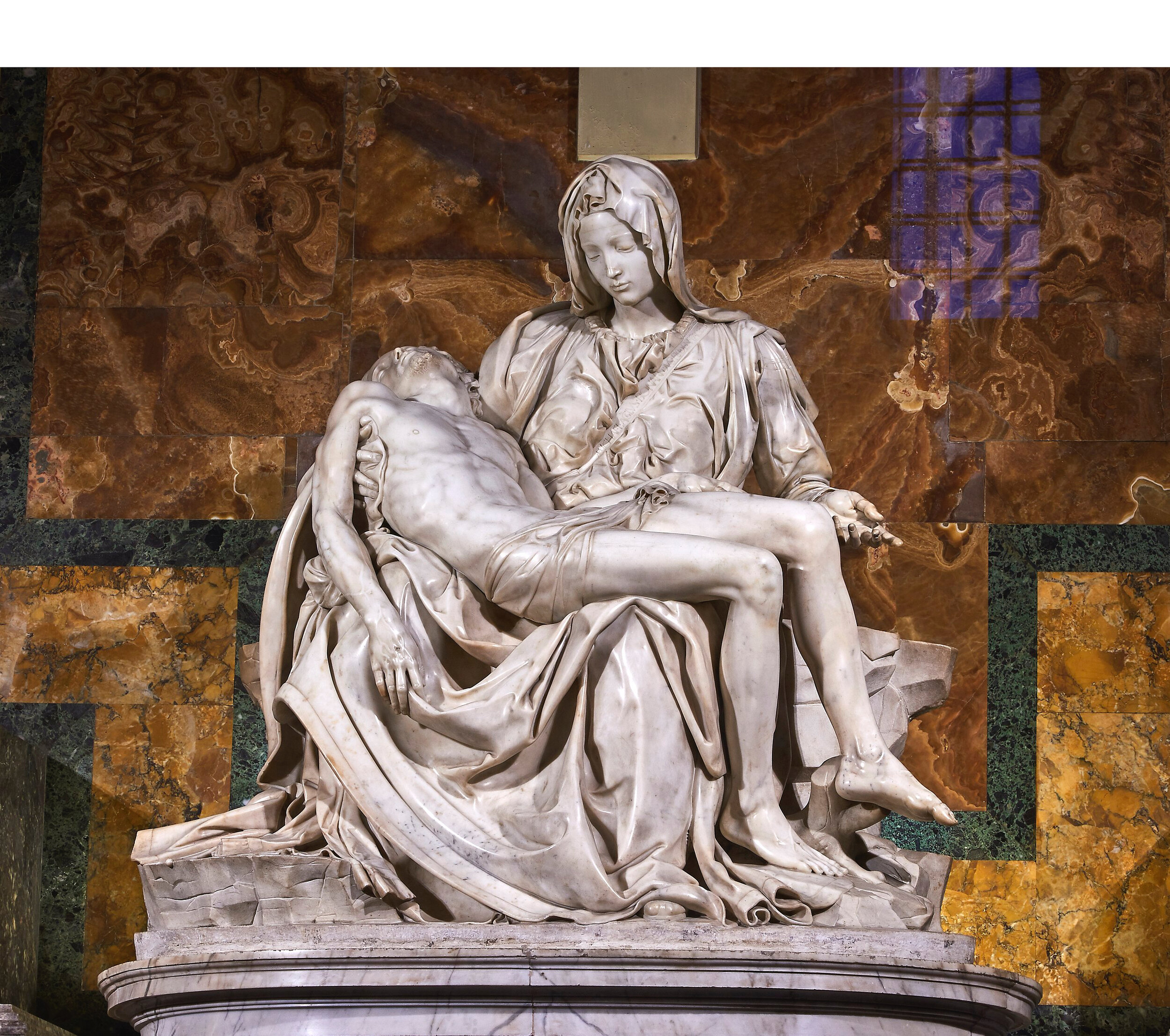
"Divine Feminine" by Jeannie Zandi
Not long ago I dreamed friends wanted me to come upstairs from a dark basement to meet some people. I ascended, realizing as I climbed that my pupils were fully dilated as if still in the dark. Reaching the people, my pupils had not changed and I could not see. Moreover, I had no active principle in me, receptively present to the depth of my being, which was bottomless night. At their mercy, I was unprotected even by the veil of a social face. Blind to the lit world and ecstatic, I turned toward them as an ambassador of the gorgeous dark, entirely open and given.
BE A SUPPORTER OF MS. ZANDI’S WORK

"What Is the Sacred Feminine? An excerpt from Voices of the Sacred Feminine" edited by Rev. Dr. Karen Tate by Amy Peck
The Sacred Feminine is a concept that recognizes that “God” ultimately is neither anthropomorphically male or female but a Divine Essence (Goddessence) beyond form and duality – an essence that is in balance and unification of masculine and feminine principles – a dynamic interdependent “Immanence” that pervades all life. The Asian Yin Yang icon is a good representation of this idea.
BE A SUPPORTER OF KAREN TATE and AMY PECK’S WORK

“The Seven Blessings That Come With Aging" by Sister Joan Chittister, OSB
The one certain dimension of US demographics these days is that the fastest growing segment of the American population is comprised of people above the age of 65. We, and all our institutions, as a result, are a greying breed. At the same time, we are, in fact, the healthiest, longest lived, most educated, most active body of elders the world has ever known. The only real problem with that is that we are doing it in the face of a youth culture left to drive a capitalist economy that thrives on sales.
SUPPORT BOTH THE HUFFINGTON POST AND SISTER CHITTISTER
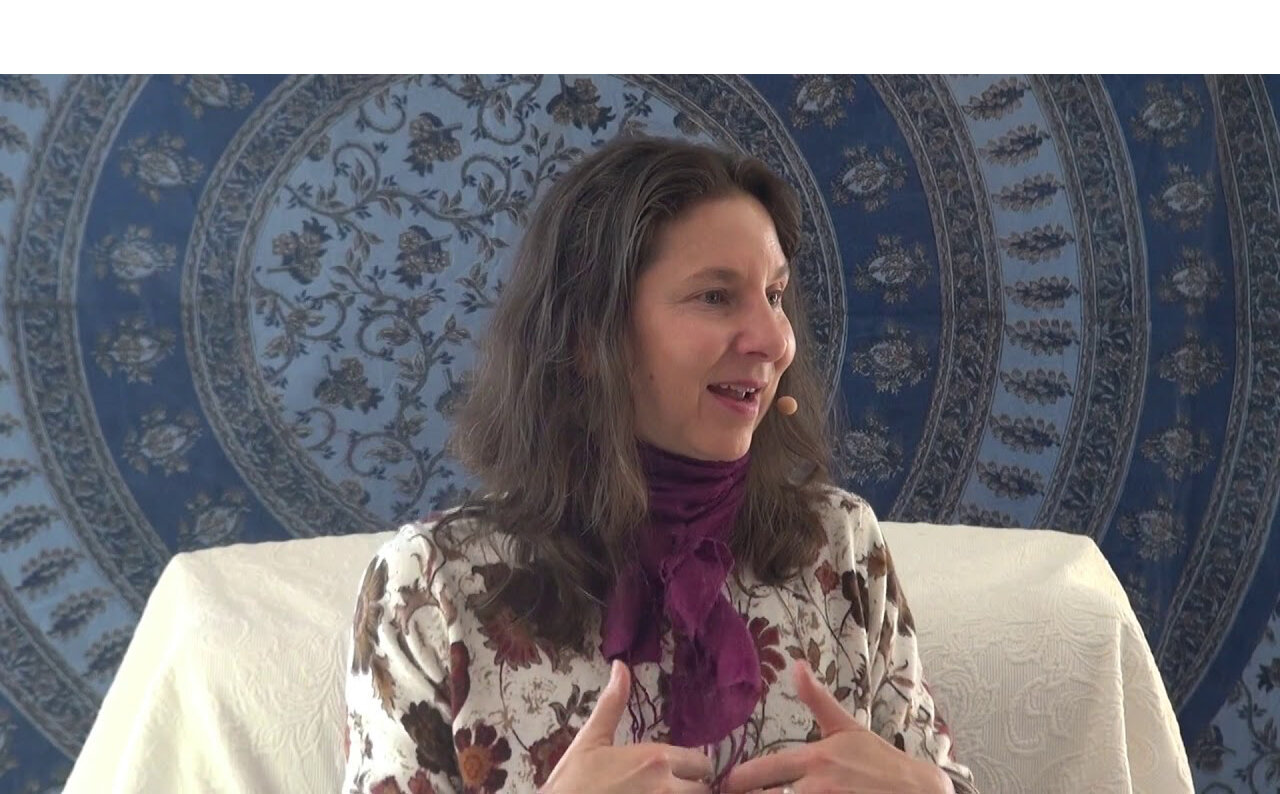
"Get Thee to a Nunnery: Relating and the Sanctuary of Being" by Jeannie Zandi
Below the mind there is a beautiful, inarguable, direct experience that you are. I invite you to notice this fact: the felt sense of presence and all the flavors of what it is like to be, right now, going nowhere. When we are invited here, when we land in this moment, we find the simplicity and nourishment that emanate from the core of our being as we rest from the outer world. To the extent we can drop our attention away from the content of thought and open ourselves to this holy dimension of life, to presence, we are fed. We are zeroed and soothed in this stillness, resting from all of the things we've created, all the messes we've made and the victories we've had. For a time, we can just rest in a dimension deeper than thought, below the particulars, and drop into raw being.
BE A SUPPORTER OF MS. ZANDI’S WORK
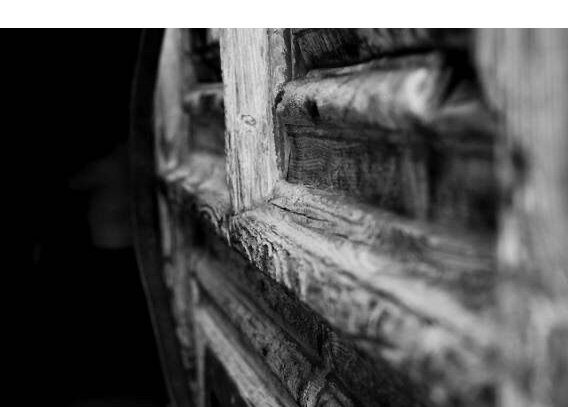
"Jesus and the Tao" by Francis Ritchie
If you have an aversion to Eastern philosophy (even though Christianity is, by origin, an Eastern religion), bear with me, I think you’ll find this interesting anyway. I’ve been trying to find a cohesive way of expressing what I believe the person of Jesus calls us towards that steps into something much deeper than just a conversion to a codified religion and its accompanying world-view (Christianity). The Tao (Dao) offers something into this space. With that in mind, here I want to explore Jesus and the Tao.
BE A SUPPORTER OF REV ’S RITCHIE’S WORK
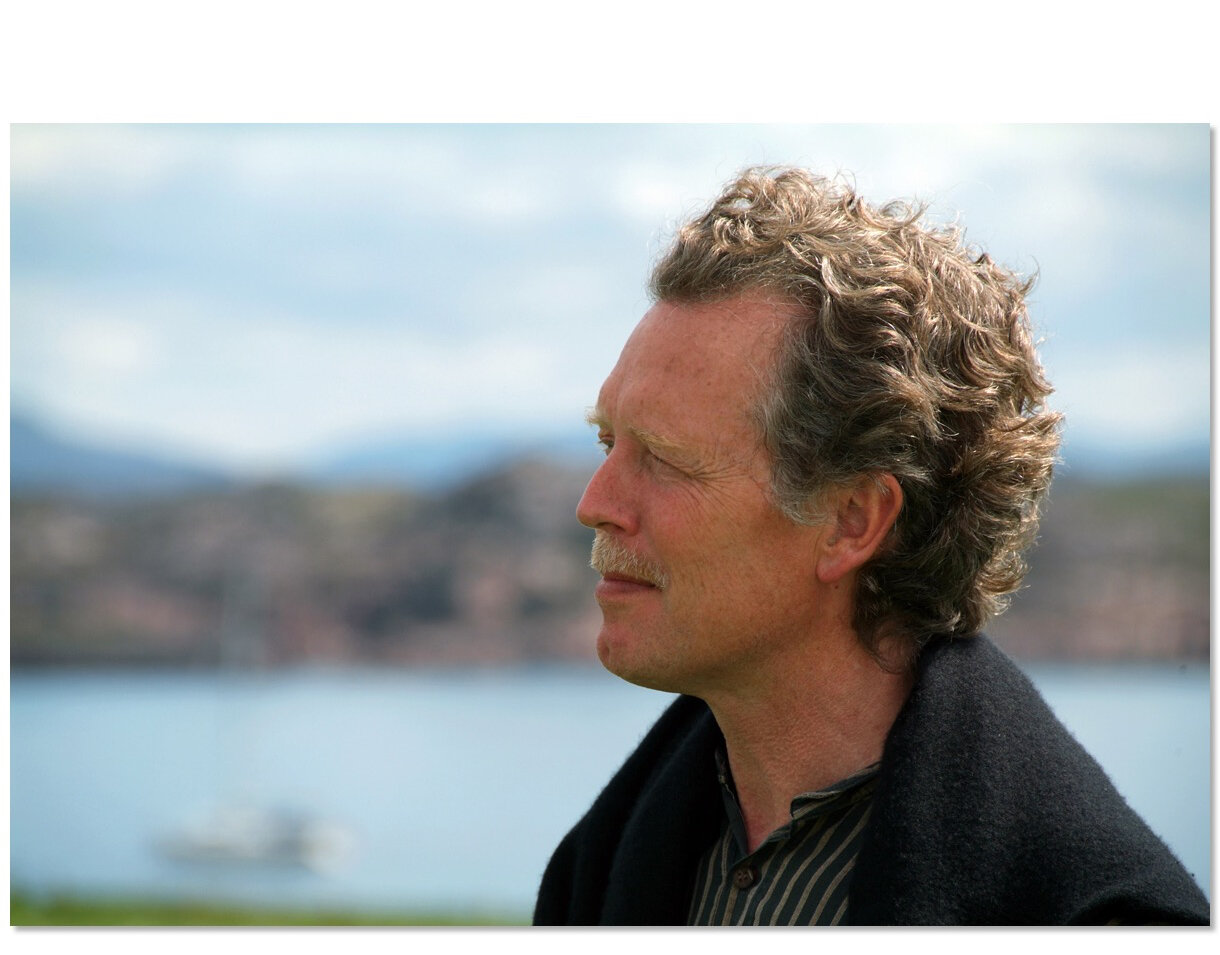
"LISTENING: Two Ways Of Listening: John and Peter" by J. Philip Newell
The stream of Celtic spirituality, from Pelagius in the fourth century to George MacLeod in the twentieth, is characterized by the expectation of finding God within, of hearing the living voice of God speaking from the very heart of life, within creation and within ourselves. It is a spirituality that recognizes the authority of Saint John and reflects his way of looking and listening for God. At the decisive Synod of Whitby in 664, where two distinct ways of seeing, represented by the Celtic and Roman missions, came into conflict, the former allied itself to John. Coleman of Lindisfarne argued that the Celtic tradition originated from Saint John, the disciple who was, he said, “especially loved by our Lord.” Wilfrid, on the other hand, argued for the Roman mission, which, he claimed, was based on the authority of Saint Peter, whom he called “the most blessed Prince of the Apostles.” The tragic outcome of the synod was not that it chose the Roman mission but that it neither made room within the church for both ways of seeing or declared that both were firmly rooted in the gospel tradition.
BE A SUPPORTER OF MR. NEWELL’S WORK

